-
Tying the Sweet Pea
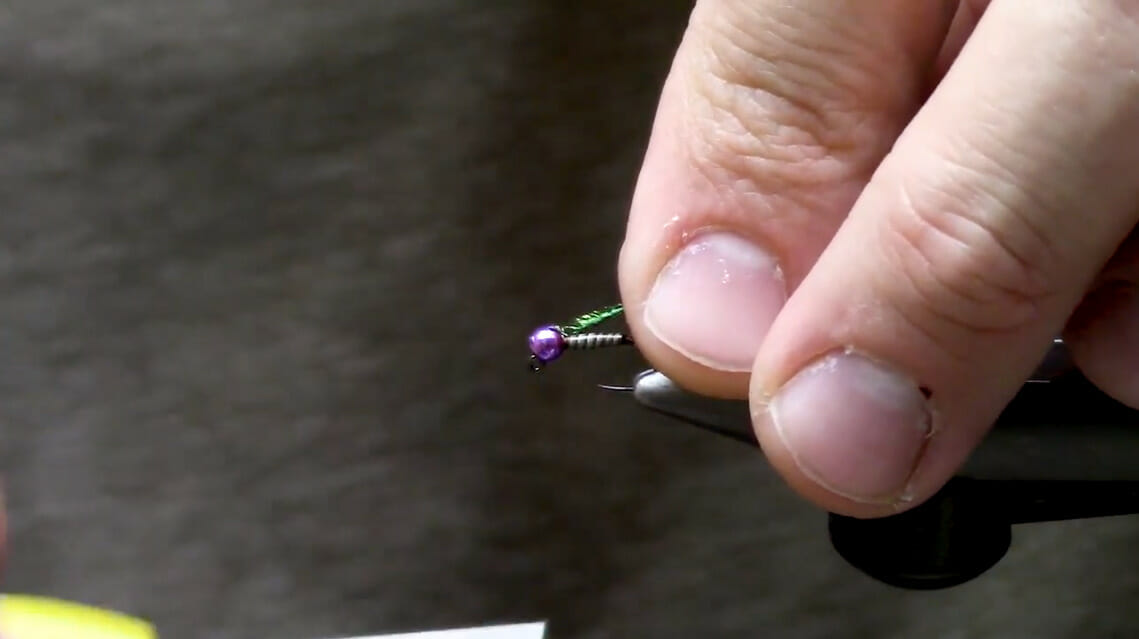
This time of year, I really love to fish double-nymph rigs, using a heavier bug as the lead fly and trailing behind it a smaller fly, but maybe something a little more impressionistic than what I might expect to see in the river. For instance, with lower flows here on the South Fork of the…
-
ACE Act a big win for fish habitat
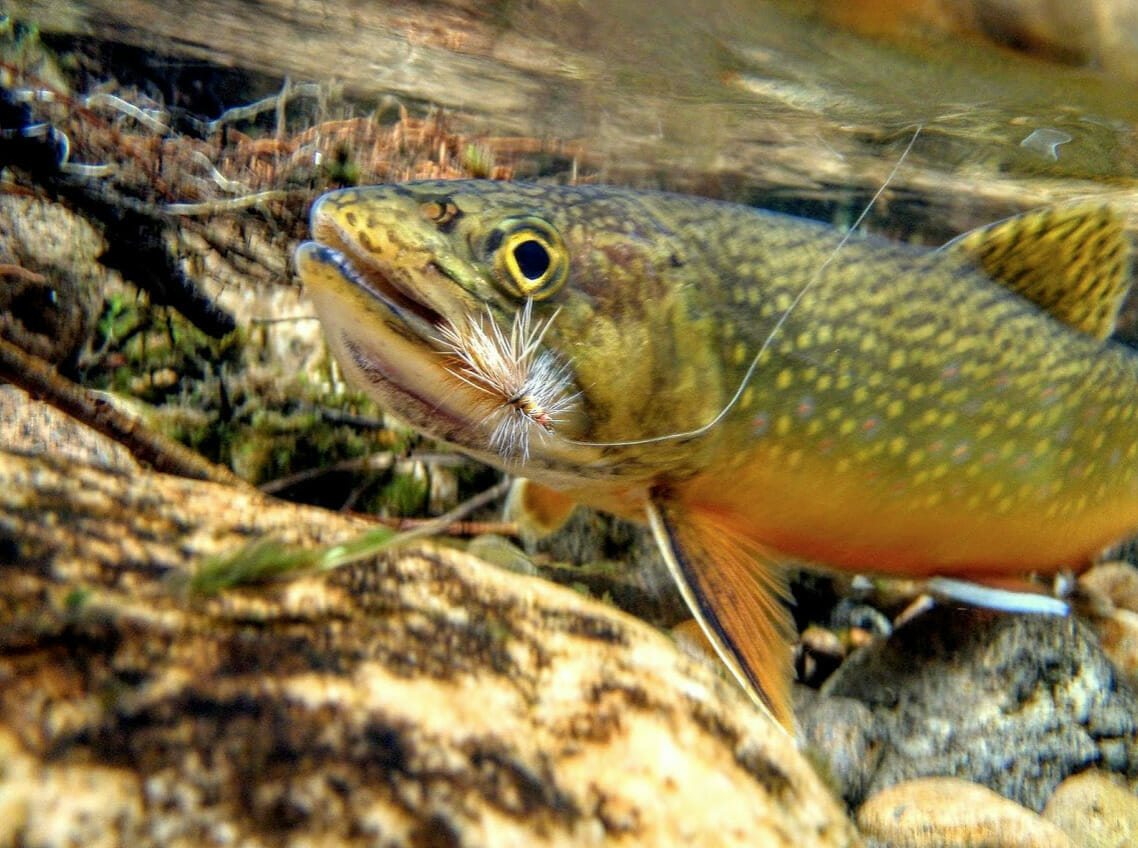
Decades of hard work pays off with passage of the American Conservation Enhancement Act This week, anglers across the nation are celebrating the passage of a sprawling conservation bill, the American Conservation Enhancement Act (H.R. 925/S.3051), or ACE Act for short. Earlier this month, the package was approved by the U.S. Senate, and on Thursday, it passed…
-
Put on your mentor hat and take someone fishing
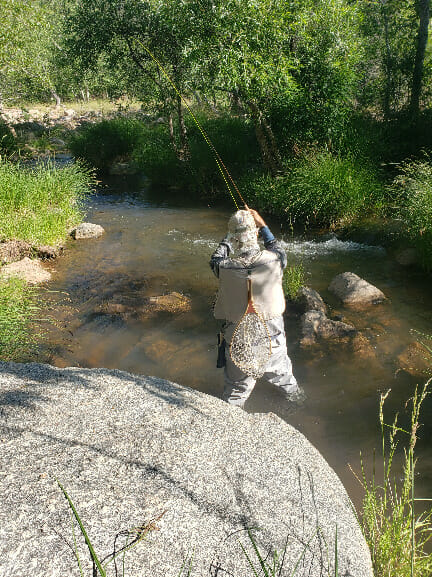
By Jim Strogen I love to catch fish, but helping others be successful with their first fish or teaching them new fly fishing techniques is just as much fun for me. We all have home water where our knowledge of a particular lake or stream can tip the scales for someone to have a great…
-
Tying the Black and Tan jig
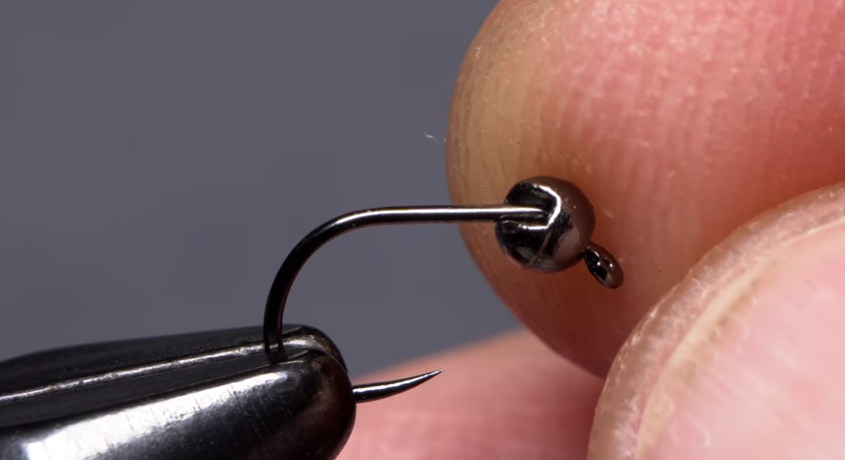
Fall across North America generally means low and clear water, particularly on freestone trout streams where flows aren't manipulated by upstream dams. And that means wary trout in skinny conditions. Chasing fall trout during low water can be a lot of fun for sight-fishing, but fish are also on high alert for predators and, in…
-
Tying a simple baitfish pattern
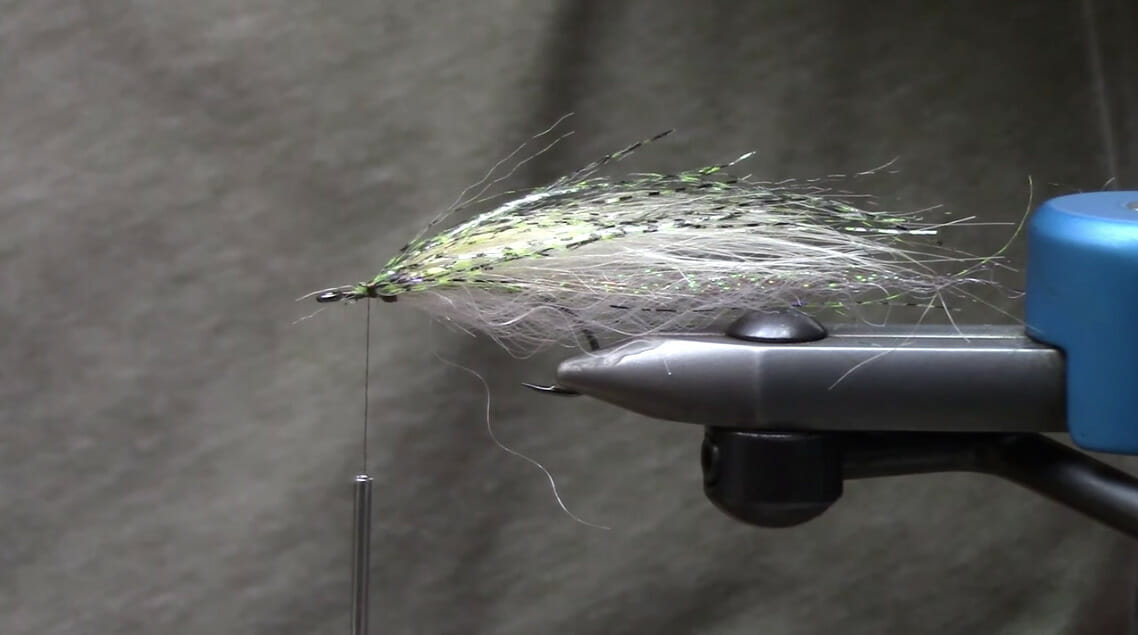
'Tis the season for baitfish patterns. Not only is it about time for brown to start their annual migration, but baitfish, come fall, are important for everything from bass that are fattening up for cooler weather and coastal predators like redfish and speckled trout that are starting to move into coastal estuaries and marshes. Below,…
-
Tying the Franke Shiner baitfish imitation for migrating browns
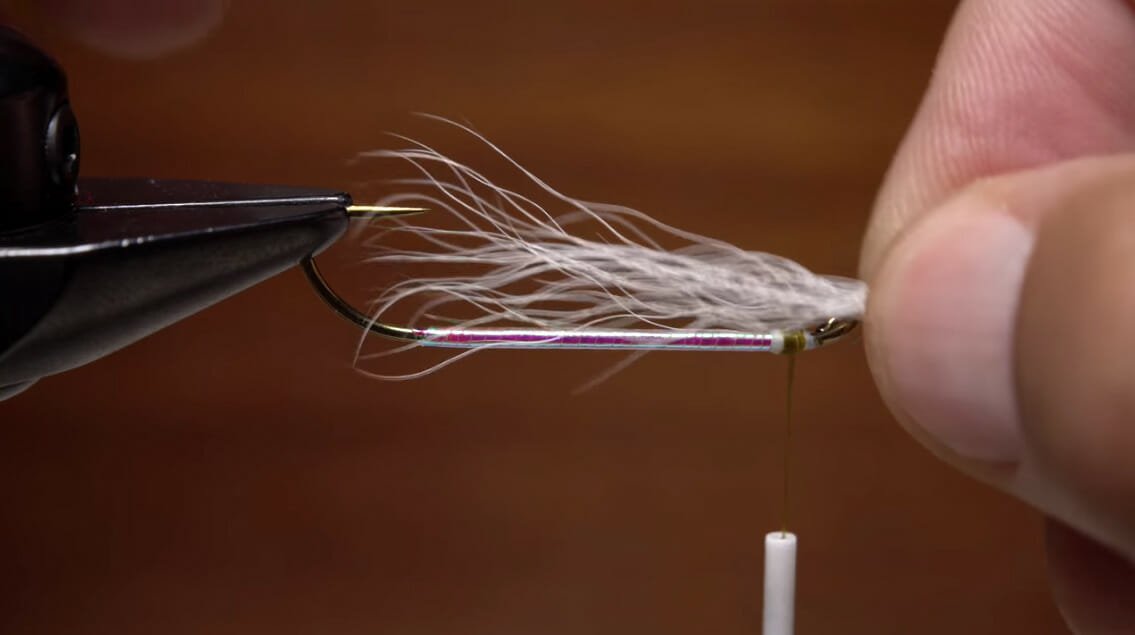
Baitfish imitations work great in the fall, particularly where migrating brown trout are found. As these fish move out of lakes or upstream from big water to spawning habitat, they just get more and more aggressive. Giving them something substantial to chase — and something that looks like a dependable source of food, too —…
-
Tying small dry flies using UV resins
I’ve been using UV resins on my flies for several years now, all with the intent of making flies last longer on the water

I’ve always been something of a ham-handed fly tier, and, generally speaking, the bigger the fly, the easier it is for me to tie. I’m a big guy at six-foot-five, and my hands correspond to my height. They just aren’t meant for detail work. But I live in eastern Idaho, and right about now, my…
Category

